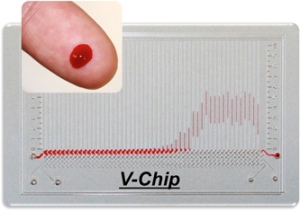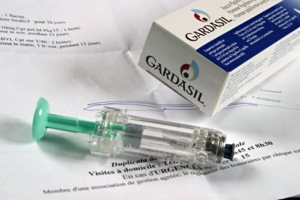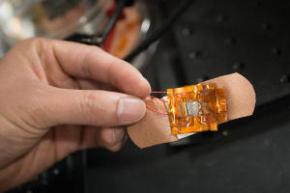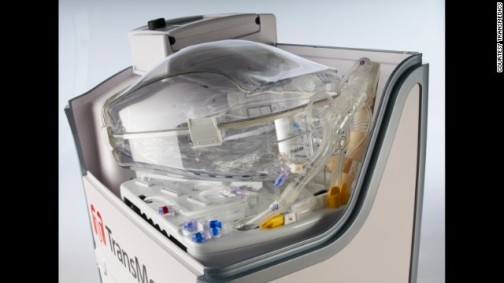While perusing the poster section at the University of Kentucky’s Barnstable Brown Obesity and Diabetes Research Day, I found several that piqued my interest, including some about type and strength of motivation in relation to weight loss success, the inner workings of autoimmunity in diabetes, and regulating glucose during pregnancy to prevent gestational diabetes. This last one was of particular interest to me because of my general interest in women’s health, so I looked into gestational diabetes a little further this evening after the event.
Gestational diabetes affects around 18% of all pregnancies, and occurs in women who did not have type I or type II diabetes before pregnancy. Many women who develop gestational diabetes are also more likely to develop type II diabetes after their pregnancy. The biggest risk factors for developing gestational diabetes are being overweight or obese, having a history of gestational diabetes or pre-diabetes and having a family history of diabetes. While the exact cause of the disease is still unknown, researchers believe that the placenta hormones shut down the mother’s ability to process insulin. Therefore, glucose will build up in the mothers bloodstream, which then in turns builds up in the baby’s bloodstream as well. This can be dangerous for the baby, causing it to store too much fat and be too large which can lead to delivery complications, and also pose a higher risk for obesity and type II diabetes for the baby later in life.
The poster that I saw today that spurred this interest in gestational diabetes was on a study done by Stephanie J. Frank from UK’s College of Agriculture’s Human Nutrition department, and Lindsay J. Carter and Kevin J. Pearson from UK’s College of Medicine Graduate Center for Nutritional Sciences. Their study looked at how diet and exercise affected body composition and glucose regulation in pregnant mice. They included this adorable cartoon to signify an exercising pregnant mouse and a sedentary pregnant mouse that I wanted to share:

They set up an experiment where mice were divided into groups of standard diet with exercise, sedentary standard diet, high fat diet with exercise, and sedentary high fat diet and had their body composition and blood glucose measured before and during pregnancy. They found that gestational exercise positively influenced body composition regardless of diet, and that high fat diets led to increased blood glucose regardless of exercise. These findings were interesting to me because they showed that exercise and diet affected the health of these mice in different ways in that exercise without a healthy diet wasn’t enough to improve blood glucose and a healthy diet without exercise wasn’t enough to improve body composition. These findings also further suggest that pregnant women need to be conscious of healthy eating and exercise in order to better the health of their baby.







